The Best Camera Gear for Time-Lapse Photography
23 February 2025
Time-lapse photography is like capturing the heartbeat of the world—condensing hours, days, or even weeks into just a few seconds or minutes. Whether you're intrigued by the slow dance of stars in the night sky or want to capture a bustling city street transforming from dawn to dusk, time-lapse photography opens up a whole new dimension of storytelling.
But here's the thing, as with any specialized photography, the right gear can make or break the final product. So, how do you choose the best camera gear for time-lapse photography? That’s what we’re going to explore today. By the end of this article, you’ll know exactly what tools you need to create breathtaking time-lapse videos. Ready? Let's dive in.
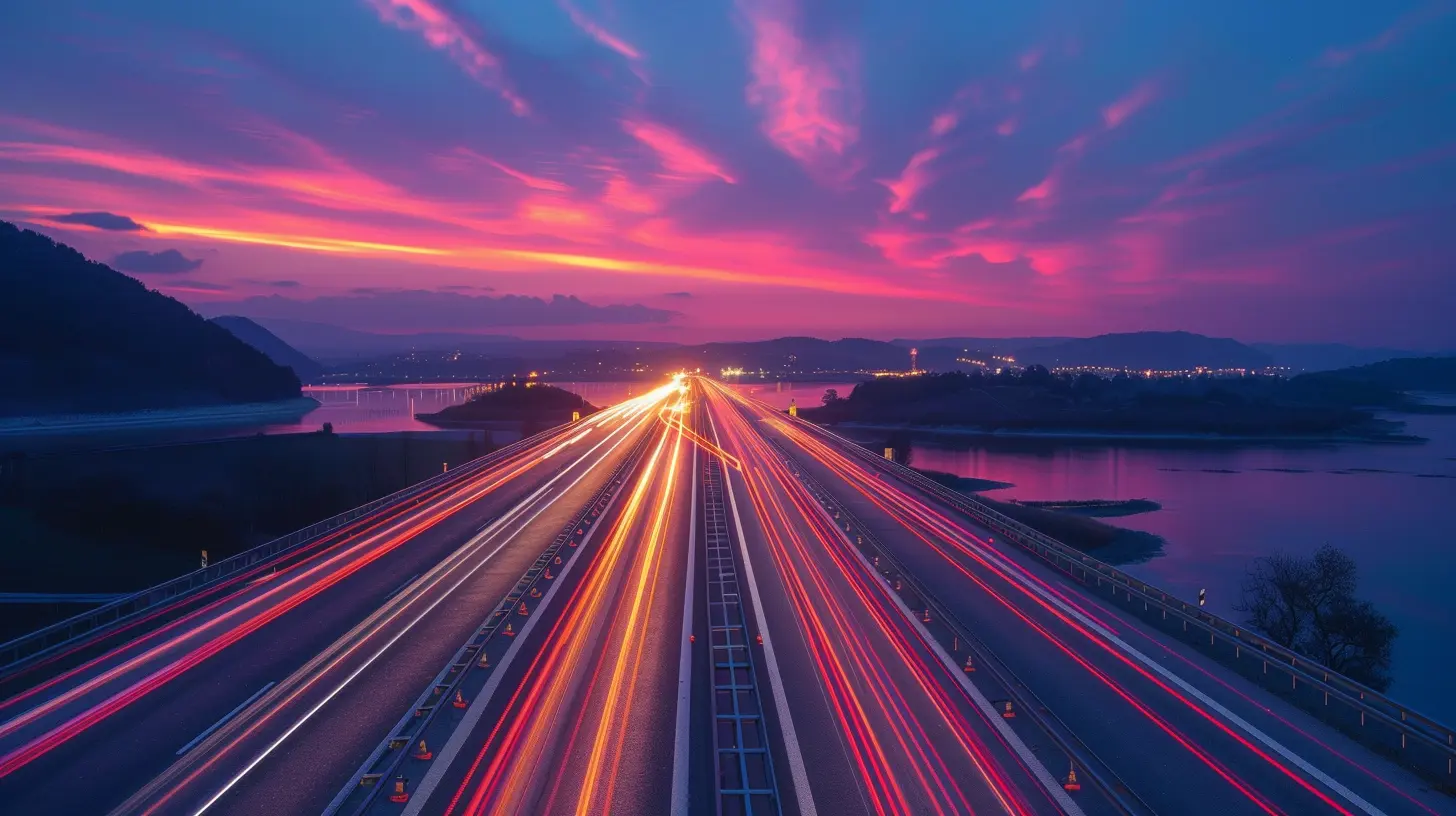
What is Time-Lapse Photography?
Before we jump into the gear, let’s quickly refresh what time-lapse photography actually is. In simple terms, time-lapse photography involves taking a series of photos over a set period of time and then combining them into a video sequence. The result? A stunning visual that showcases movement at a much faster rate than it happens in real life.Think of it as the fast-forward button for reality. You can capture clouds swirling, plants growing, or even entire cities coming to life, all in just a few seconds of footage.
Now that we’ve got that squared away, let’s talk gear.
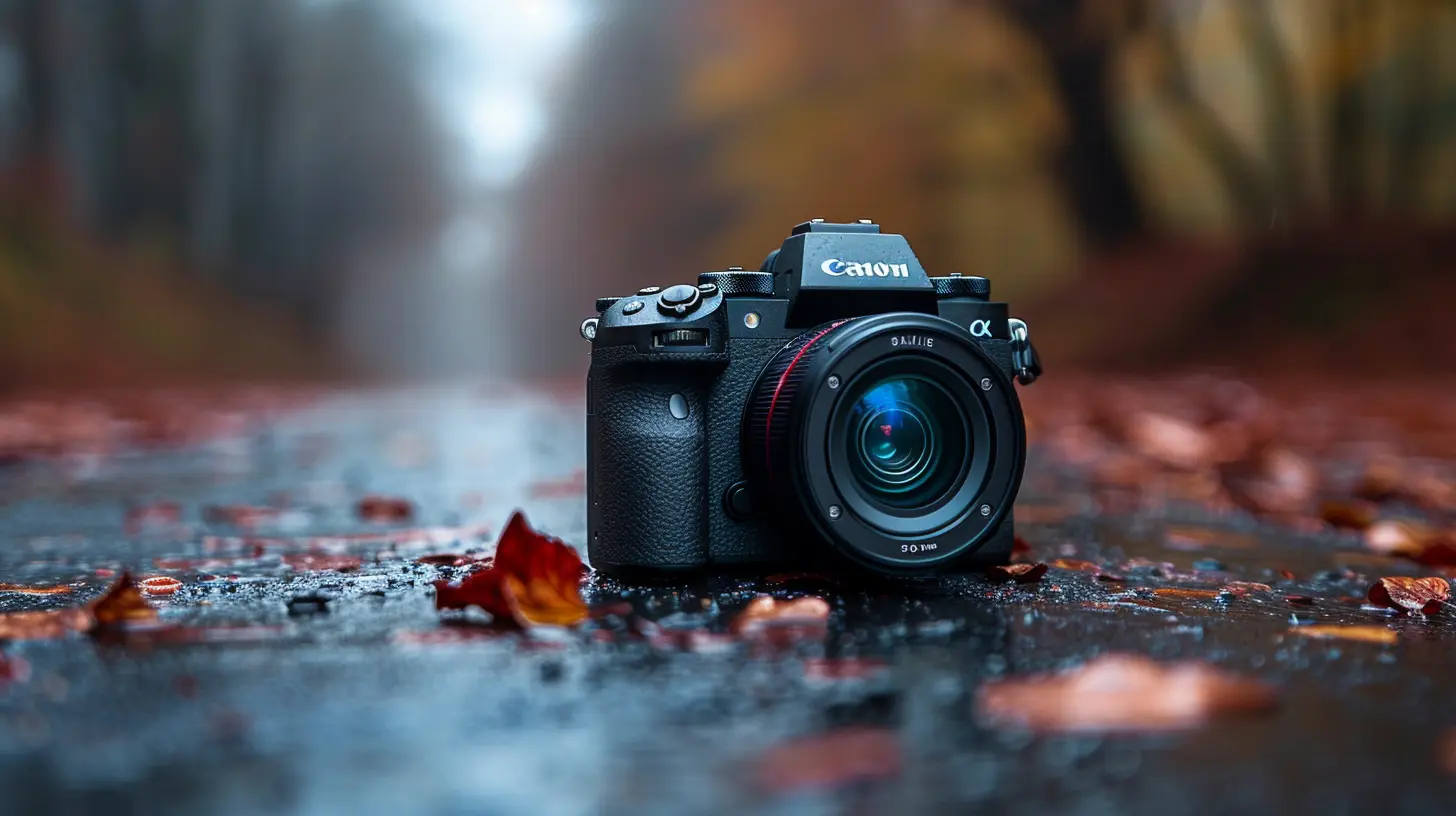
1. Cameras: The Heart of Your Time-Lapse Setup
DSLR or Mirrorless?
When it comes to time-lapse photography, the camera is, without a doubt, the most essential piece of gear. But which type of camera works best—DSLR or mirrorless? Both have their pros and cons.- DSLR Cameras: DSLRs are the workhorses of the photography world. They are durable, have a wide range of lens options, and typically offer longer battery lives—something crucial when shooting time-lapses for extended periods. Popular models like the Canon EOS 90D or Nikon D850 are excellent choices for time-lapse because of their high image quality and robust performance.
- Mirrorless Cameras: On the other hand, mirrorless cameras are lighter, more compact, and often have advanced features like in-body stabilization, which can be a game-changer for time-lapse. Cameras like the Sony A7 III or Fujifilm X-T4 are great mirrorless options that deliver sharp images and have excellent time-lapse functionalities built-in.
At the end of the day, both DSLRs and mirrorless cameras are capable of producing outstanding time-lapse videos. The choice boils down to personal preference and whether you prioritize battery life (DSLR) or portability and newer tech (mirrorless).
Key Features to Look For in a Camera
Regardless of whether you choose a DSLR or mirrorless, here are the must-have features for time-lapse photography:- Manual Controls: You’ll want to have full control over your camera’s settings like shutter speed, ISO, and aperture to get consistent shots.
- Intervalometer: Some cameras come with a built-in intervalometer (more on this later), but if yours doesn’t, make sure it's compatible with external options.
- Battery Life: Time-lapse shoots can take hours, so a camera with a long-lasting battery is essential.
- 4K Video: If you plan to export your time-lapse for high-quality displays, having 4K capabilities is a huge plus.
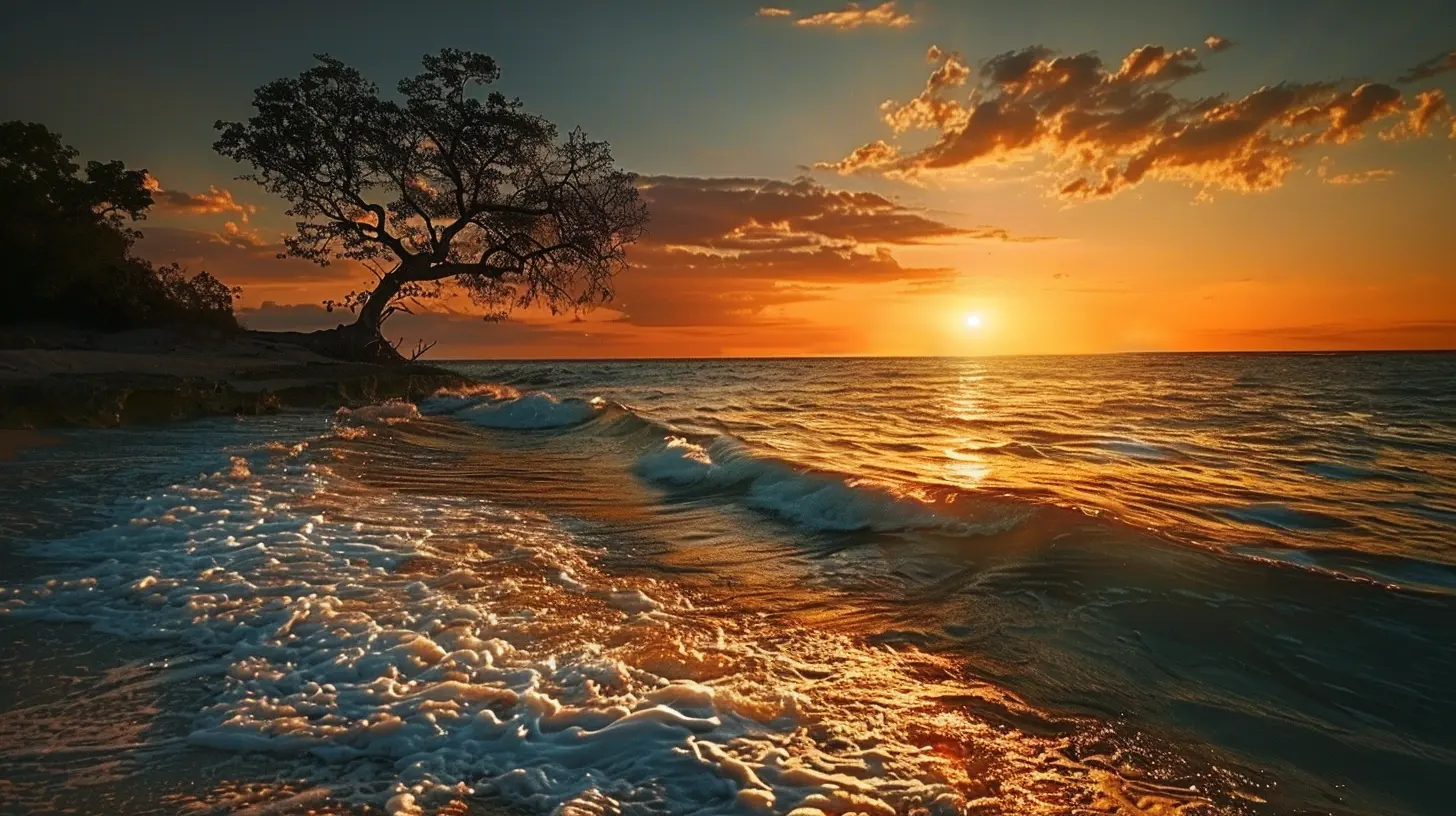
2. Lenses: The Eyes of Your Camera
After your camera, the next most important piece of gear is your lens. The lens you choose will depend on what kind of time-lapse you're planning to shoot.Wide-Angle Lenses
For most time-lapse photography, especially when capturing landscapes, cityscapes, or the night sky, a wide-angle lens is your best bet. These lenses allow you to capture a broad field of view, which is perfect for showing large-scale movement, like clouds passing over a mountain range or cars zipping down a highway.Some excellent wide-angle lens options include:
- Canon EF 16-35mm f/2.8L III USM: A favorite among landscape photographers, this lens captures sharp, vibrant images with minimum distortion.
- Nikon AF-S NIKKOR 14-24mm f/2.8G ED: Another fantastic choice for wide-angle shots, especially if you're shooting on a Nikon DSLR.
Telephoto Lenses
On the flip side, if you're planning to shoot time-lapses of subjects that are far away, like a distant mountain peak or wildlife, a telephoto lens might be the way to go.Some reliable telephoto lenses include:
- Sony FE 70-200mm f/4 G OSS: A lightweight and sharp telephoto lens that pairs well with mirrorless cameras like the Sony A7 series.
- Canon EF 70-200mm f/2.8L IS III USM: A classic telephoto lens known for its excellent image quality and versatility in various shooting conditions.
Prime Lenses
For those looking for the sharpest possible images, prime lenses (fixed focal length) are also a great option. They tend to give better image quality because they have fewer moving parts compared to zoom lenses.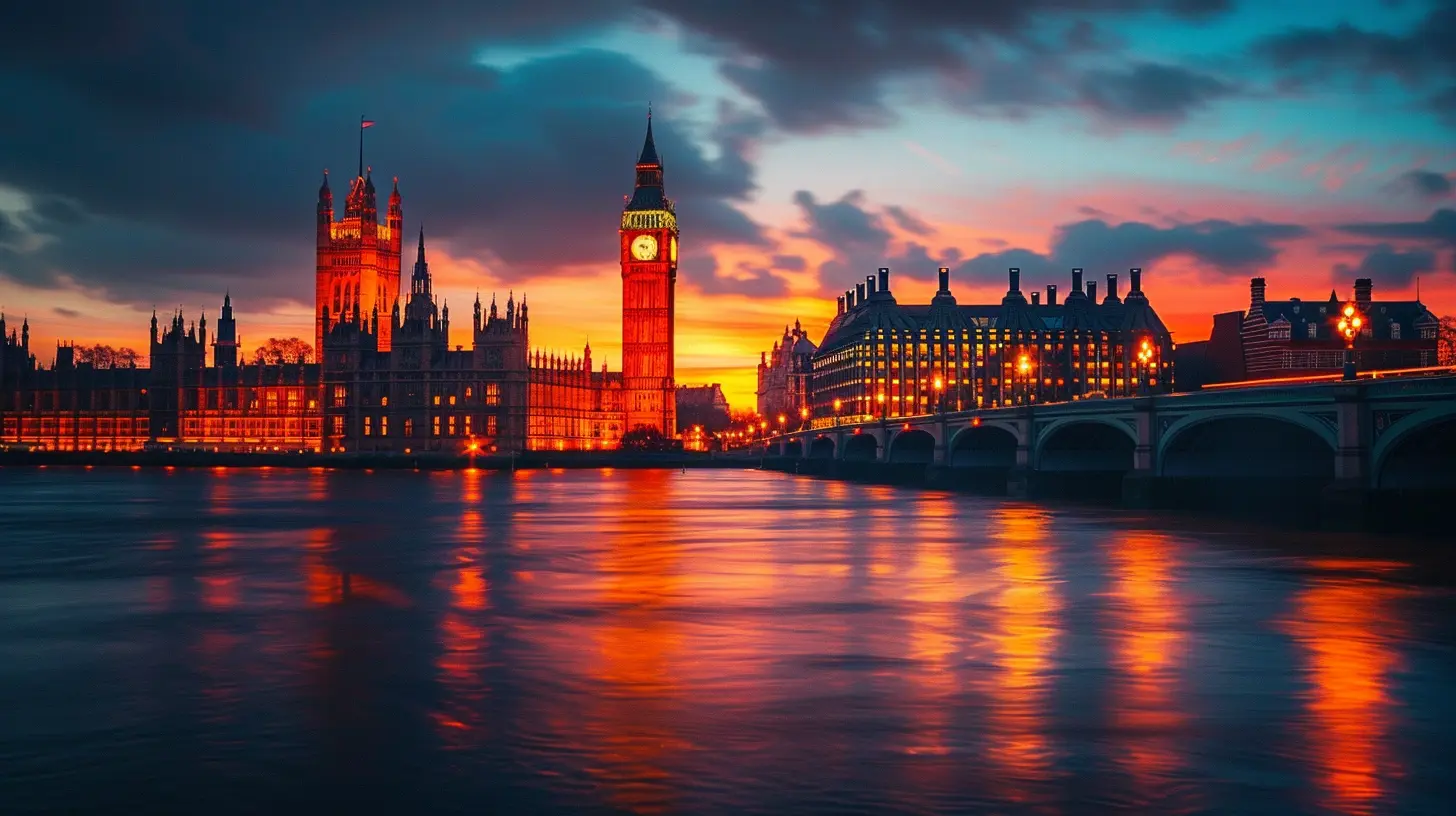
3. Tripods: Steadiness is Key
One of the biggest challenges in time-lapse photography is keeping your camera absolutely still for long periods. Even the slightest movement can ruin the entire sequence. This is where a sturdy tripod comes in.What to Look For in a Tripod
- Stability: Look for tripods with a solid build, usually made of carbon fiber or aluminum. Carbon fiber is lighter and more portable, but aluminum is more affordable.- Adjustability: You’ll want a tripod that can easily adjust to different heights and angles to accommodate various shooting environments.
- Portability: If you're hiking to remote locations to capture a time-lapse, the weight of your gear is something to consider. Go for a tripod that’s lightweight and easy to carry.
Top Tripod Recommendations
- Manfrotto MT190XPRO4: A sturdy, versatile tripod that’s great for both indoor and outdoor time-lapse shoots.- Gitzo Series 2 Traveler: If you’re willing to invest in a high-end tripod, this carbon fiber option offers excellent stability with minimal weight.
4. Intervalometers: Timing is Everything
An intervalometer is a device that controls the intervals at which your camera takes photos. Some cameras have intervalometers built-in, but if yours doesn’t, you’ll need an external one. This tool is essential because it allows you to automate the process, ensuring that your camera snaps photos at consistent intervals without you having to manually press the shutter button.External Intervalometers
- Neewer LCD Timer Shutter Release Remote Control: A budget-friendly external intervalometer that works with most major camera brands.- Pixel TW-283: Another solid choice, offering wireless capabilities and a range of settings for precise time-lapse control.
5. Filters: Enhancing Your Shots
Using filters is a great way to improve the quality of your time-lapse photos. Two types of filters are particularly useful for time-lapse photography:Neutral Density (ND) Filters
An ND filter reduces the amount of light entering your camera without affecting the color of the image. This allows you to use slower shutter speeds even in bright conditions, which is essential for creating smooth motion blur in time-lapse footage.- Tiffen 77mm ND Filter: A great mid-range ND filter that’ll get the job done in most lighting conditions.
Polarizing Filters
A polarizing filter reduces reflections and enhances the contrast in your shots, especially when shooting landscapes or bodies of water. It also helps to make skies appear more vibrant.- B+W 77mm Circular Polarizer: A premium polarizing filter that delivers excellent image quality.
6. Memory Cards: Don’t Skimp on Storage
Time-lapse photography involves taking hundreds, if not thousands, of photos. This means you’ll need a memory card that’s not only spacious but also fast enough to handle the continuous shooting.What to Look For in a Memory Card
- Capacity: Go for cards with at least 64GB of storage, but 128GB or more is recommended if you're shooting in RAW format.- Write Speed: A fast write speed (UHS-II or UHS-I) ensures that your camera can quickly store each image without lagging or missing a shot.
Top Recommendations
- SanDisk Extreme Pro 128GB UHS-I: A reliable, high-speed memory card with plenty of storage space for long time-lapse projects.- Lexar Professional 2000x: If you need lightning-fast write speeds, this card is a great option.
7. Power Solutions: Keep Your Camera Running
Since time-lapse photography often requires hours of continuous shooting, battery life is a critical factor. While most cameras have decent battery performance, it’s always a good idea to have backup power options.External Battery Packs
- Anker PowerCore 26800mAh: A highly reliable option for keeping your camera powered during long shoots. Pair it with a DC coupler for your specific camera model.Solar Chargers
If you’re shooting time-lapses in remote locations, consider using a solar charger, like the Goal Zero Nomad 10. This eco-friendly option allows you to charge your batteries on the go.8. Post-Processing Software: Bring It All Together
After you’ve captured all your shots, the next step is to edit and compile them into a smooth time-lapse video. For this, you’ll need good post-processing software.- Adobe Lightroom: Ideal for batch-editing your time-lapse photos to ensure consistent color and exposure.
- LRTimelapse: A specialized tool designed specifically for processing time-lapse sequences. It integrates well with Lightroom and lets you create smooth transitions between different settings like exposure and white balance.
- Adobe Premiere Pro: Once your images are edited, use Premiere Pro to compile them into a video sequence and add final touches like transitions or soundtracks.
Conclusion
There you have it! These are the essential tools and gear you need for time-lapse photography. From choosing the right camera and lens to ensuring you have enough power and memory, every piece of gear plays a crucial role in capturing stunning, dynamic time-lapse footage. The beauty of time-lapse photography is that it allows you to tell a story in a way that’s impossible with traditional video or photography. With the right equipment and a bit of patience, you’ll be able to create breathtaking visuals that transport viewers to a different time and place.So, what are you waiting for? It’s time to gear up and start shooting!
all images in this post were generated using AI tools
Category:
Camera GearAuthor:

Marcus Gray
Discussion
rate this article
20 comments
Xena Barron
“Time-lapse photography: where patience is a virtue and your camera becomes a wizard, transforming hours of waiting into mere seconds of stunning magic. Don’t blink!”
April 8, 2025 at 12:05 PM

Marcus Gray
Thank you! Time-lapse photography truly captures the beauty of time in a unique way, and the right gear makes all the difference in creating that magic!
Weston Lynch
Investing in quality camera gear is essential for stunning time-lapse photography. Prioritize a sturdy tripod, a reliable intervalometer, and high-capacity memory cards. With the right tools, you’ll elevate your shots and capture breathtaking sequences effortlessly.
April 2, 2025 at 7:01 PM

Marcus Gray
Thank you for your insights! Indeed, quality gear significantly enhances time-lapse photography. A sturdy tripod and reliable intervalometer are must-haves for capturing stunning footage.
Helen Hill
Great article! Time-lapse photography is such a fascinating way to capture the world. It’s amazing how the right gear can make all the difference. I'm excited to try out some of your recommendations—especially those budget-friendly options! Keep up the fantastic work!
March 26, 2025 at 8:49 PM

Marcus Gray
Thank you so much! I'm glad you found the article helpful. Enjoy exploring time-lapse photography with those budget-friendly options!
Elizabeth McTier
Great insights! Perfect gear recommendations for capturing breathtaking time-lapse photography moments.
March 26, 2025 at 3:20 AM

Marcus Gray
Thank you! I'm glad you found the recommendations helpful for capturing stunning time-lapses!
Josie McDonough
Great overview of essential gear for time-lapse photography! Consider adding tips on settings and techniques for beginners, as well as any recommended apps for post-processing. This could really help readers maximize their results and improve their time-lapse skills. Keep up the great work!
March 25, 2025 at 3:28 AM

Marcus Gray
Thank you for the feedback! I'll definitely consider adding tips on settings, techniques, and recommended apps in future updates to help beginners. Appreciate your support!
Patrick Wood
This article provides a solid overview of essential camera gear for time-lapse photography. The recommendations are practical and well-suited for both beginners and seasoned photographers. It could benefit from a few more user experiences or tips, but overall, it’s a great starting point for anyone interested in this technique.
March 20, 2025 at 7:56 PM

Marcus Gray
Thank you for your feedback! I'm glad you found the overview helpful and appreciate your suggestion for adding more user experiences. Happy shooting!
Mira Pruitt
Invest in sturdy tripods and intervalometers for stunning time-lapse results.
March 20, 2025 at 12:35 PM

Marcus Gray
Absolutely! Quality tripods and intervalometers are essential for achieving sharp, consistent time-lapse shots. Great advice!
Mara McIntosh
Great insights! Time-lapse photography opens up so many creative possibilities. Excited to explore these gear recommendations!
March 19, 2025 at 12:58 PM

Marcus Gray
Thank you! I'm glad you found the insights helpful. Enjoy your time-lapse adventures!
Zeth Simmons
Great insights on time-lapse photography gear! Your recommendations are incredibly helpful for both beginners and seasoned photographers looking to enhance their creative projects. Thank you!
March 19, 2025 at 5:41 AM

Marcus Gray
Thank you for your kind words! I'm glad you found the recommendations helpful. Happy shooting!
Carter McLaury
Great tips! Essential gear makes time-lapse photography much easier and better.
March 18, 2025 at 1:34 PM

Marcus Gray
Thank you! I'm glad you found the tips helpful for enhancing your time-lapse photography. Happy shooting!
Soleil McLaurin
This article beautifully captures the essence of time-lapse photography. Thank you for sharing such valuable insights to inspire our creative journeys!
March 16, 2025 at 7:58 PM

Marcus Gray
Thank you for your kind words! I'm glad you found the insights helpful for your creative journey. Happy shooting!
Lindsey Young
Great article! Your insights on selecting the right camera gear for time-lapse photography are invaluable. I especially appreciated the tips on stabilizers and intervalometers. These tools can truly enhance the quality of time-lapse projects. Keep up the good work!
March 14, 2025 at 5:50 AM

Marcus Gray
Thank you for your kind words! I'm glad you found the insights helpful. Happy shooting!
Abram Underwood
Capture time in a snap—let's make those minutes famous!
March 12, 2025 at 12:41 PM

Marcus Gray
Absolutely! With the right gear, every minute can become a masterpiece. Let’s bring those moments to life!
Nina Foster
Capture time’s beauty, create magic!
March 9, 2025 at 11:19 AM

Marcus Gray
Thank you! Capturing time’s beauty is exactly what time-lapse is all about!
Soraya McCollum
Unlock your creative potential with the right camera gear! Time-lapse photography captures stunning transformations over time, inviting you to see the world in a new light. Embrace the journey and let your imagination soar!
March 7, 2025 at 1:59 PM

Marcus Gray
Absolutely! The right gear can elevate your time-lapse photography and truly reveal the beauty of transformation. Let your creativity shine!
Hannah McVaney
Great insights! This article really simplifies choosing the right gear for time-lapse photography. Excited to try these tips!
March 6, 2025 at 1:50 PM

Marcus Gray
Thank you! I'm glad you found the article helpful. Enjoy your time-lapse adventures!
Murphy McMillen
Great insights on time-lapse gear! These recommendations will definitely elevate my photography game. Can’t wait to try them out!
March 4, 2025 at 7:41 PM

Marcus Gray
Thank you! I'm glad you found the recommendations helpful. Enjoy your photography journey!
Wendy Good
Great insights! This guide will definitely help aspiring photographers capture stunning time-lapse sequences.
March 2, 2025 at 1:49 PM

Marcus Gray
Thank you! I'm glad you found the guide helpful for your time-lapse photography journey. Happy shooting!
Cassandra Snow
Great article! Time-lapse photography captures such beautiful moments. I appreciate your insights—this gear will inspire many to create stunning visual stories. Thank you!
February 25, 2025 at 12:49 PM

Marcus Gray
Thank you for your kind words! I'm glad you found the article helpful and inspiring. Happy shooting!
Clover McKeever
Absolutely loved this article! Time-lapse photography captures the beauty of our world in a unique way. The gear recommendations are spot on—can’t wait to grab my camera and start experimenting! Thanks for the inspiring tips! 📸✨
February 23, 2025 at 8:27 PM

Marcus Gray
Thank you so much! I'm thrilled you enjoyed the article and found the tips helpful. Happy shooting! 📸✨
MORE POSTS
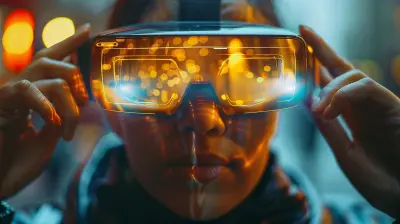
Augmented Reality Gadgets That Will Blow Your Mind
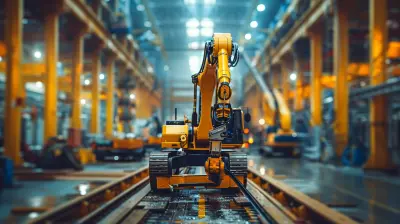
Robotics in Construction: Building the Future with Precision

How Electric Bicycles Are Making Cycling More Accessible to All

Exploring Voice Assistants for Multi-Lingual Households

The Role of Social Media Integration in Modern Consoles
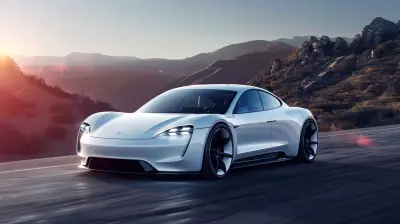
Tech Innovations Powering the Electric Vehicle Revolution
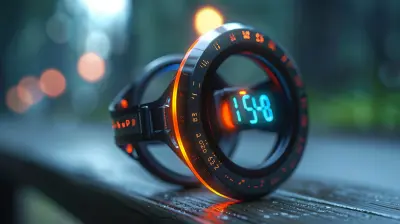
How the Latest Fitness Gadgets Are Pushing You to Your Limits
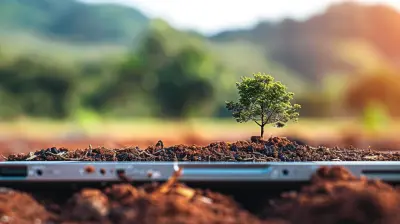
Tech Solutions for Sustainable and Eco-Friendly Gadgets
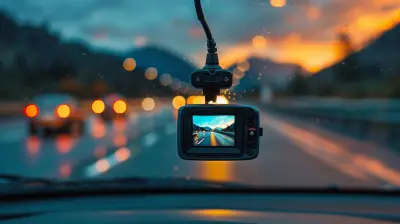
The Best Dash Cams for Your Car: Capturing Every Moment
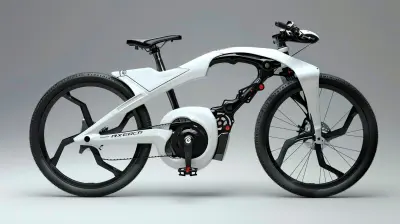
The Ultimate Guide to Choosing the Right Electric Bicycle

AI for Good: Can Machines Be Programmed for Ethical Outcomes?
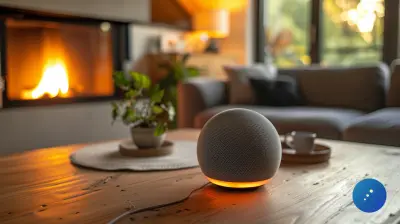
A Beginner's Guide to Setting Up Your Smart Speaker